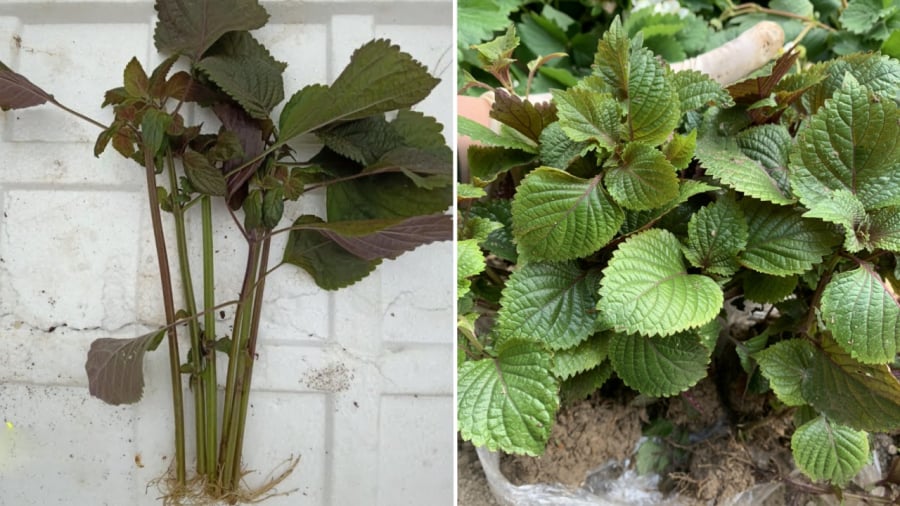Basil Cultivation: A Guide to Growing and Caring for This Versatile Herb
Basil is a popular herb used extensively in cooking, adding a distinctive aroma and flavor to dishes. Aside from its culinary uses, basil offers a plethora of health benefits, including boosting immunity, reducing inflammation, and aiding digestion. It is also a medicinal herb, featuring in various traditional remedies. Basil is easy to grow and care for, making it an excellent choice for home gardeners.
Propagating basil from cuttings is a quick and effective method that ensures the plant’s vigorous growth. Alternatively, you can grow basil from seeds, but this method requires more time and patience as you wait for the seeds to germinate and develop into seedlings.
Preparing the Soil and Container for Basil
For successful basil cultivation, prepare well-drained, nutrient-rich, and loose soil. Enhance the soil’s fertility by mixing in decomposed organic fertilizer, sawdust, or coconut coir. If using a pot, ensure it has a drainage hole to prevent waterlogging, which can cause root rot. A pot with a depth of 20-30 cm is sufficient for the plant’s root system.
Taking Basil Cuttings
Select healthy, vibrant basil stems, free from any signs of wilting or pests and diseases. Choose semi-hardwood cuttings, which are neither too young nor too old. Cut stems approximately 15-20 cm in length, retaining 4-5 leaves to maximize the cutting’s vitality and chances of survival.
Use sharp scissors to make clean cuts, minimizing damage to the stem. Ensure your cutting tools are clean to prevent the spread of diseases. Soak the cuttings in water for 1-2 hours before planting to enhance root development. For better results, use a rooting hormone solution, available at gardening stores, following the package instructions.
After soaking, trim the lower leaves from the cuttings, leaving 2-3 leaves at the top. This encourages the plant to focus its energy on root growth. Create a small hole in the soil with a stick or your finger, insert the basil cutting, and firm the soil gently around it, ensuring the cutting is securely anchored, with 5-7 cm of the stem buried.

Caring for Your Basil Plant
Maintain moist soil by watering regularly, especially after planting. Place your basil plant in a location with mild sunlight exposure, avoiding intense direct sunlight, as excessive heat can hinder the plant’s growth. During the initial stages, the cuttings need time to develop roots and acclimate to their new environment.
Basil thrives in moist soil, so regular watering is essential. However, be cautious not to overwater, as this can lead to waterlogging. Depending on weather conditions, water once or twice daily. Increase the water quantity and frequency during hot, dry spells to prevent wilting.
After 2-3 weeks, the roots will develop robustly. At this stage, apply fertilizer to promote the plant’s growth and leaf production. You can use either nitrogen-rich or organic fertilizer.
As the basil plant matures, prune the lower leaves and small branches to direct the plant’s energy towards producing stronger, healthier branches.
Basil is generally resistant to pests and diseases, so you’re unlikely to encounter significant issues in this regard.
Typically, you can start harvesting basil leaves 30-45 days after planting the cuttings. Cut the leaves from the top down, being careful not to remove too many at once, allowing the plant to continue growing and producing new leaves.
You can harvest again after approximately 15-20 days. By following these steps, you’ll have a thriving basil plant that provides a constant supply of fresh, flavorful leaves for your culinary creations.






























